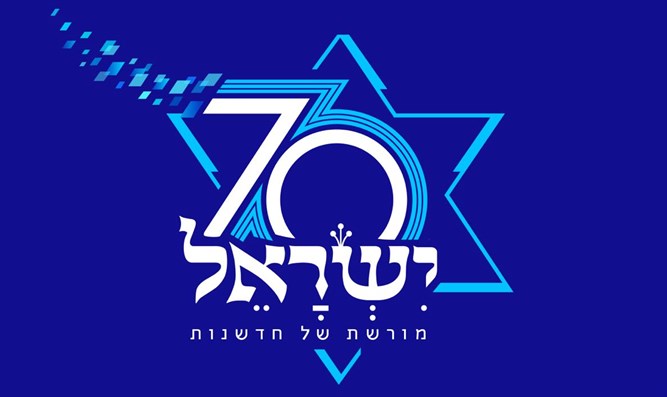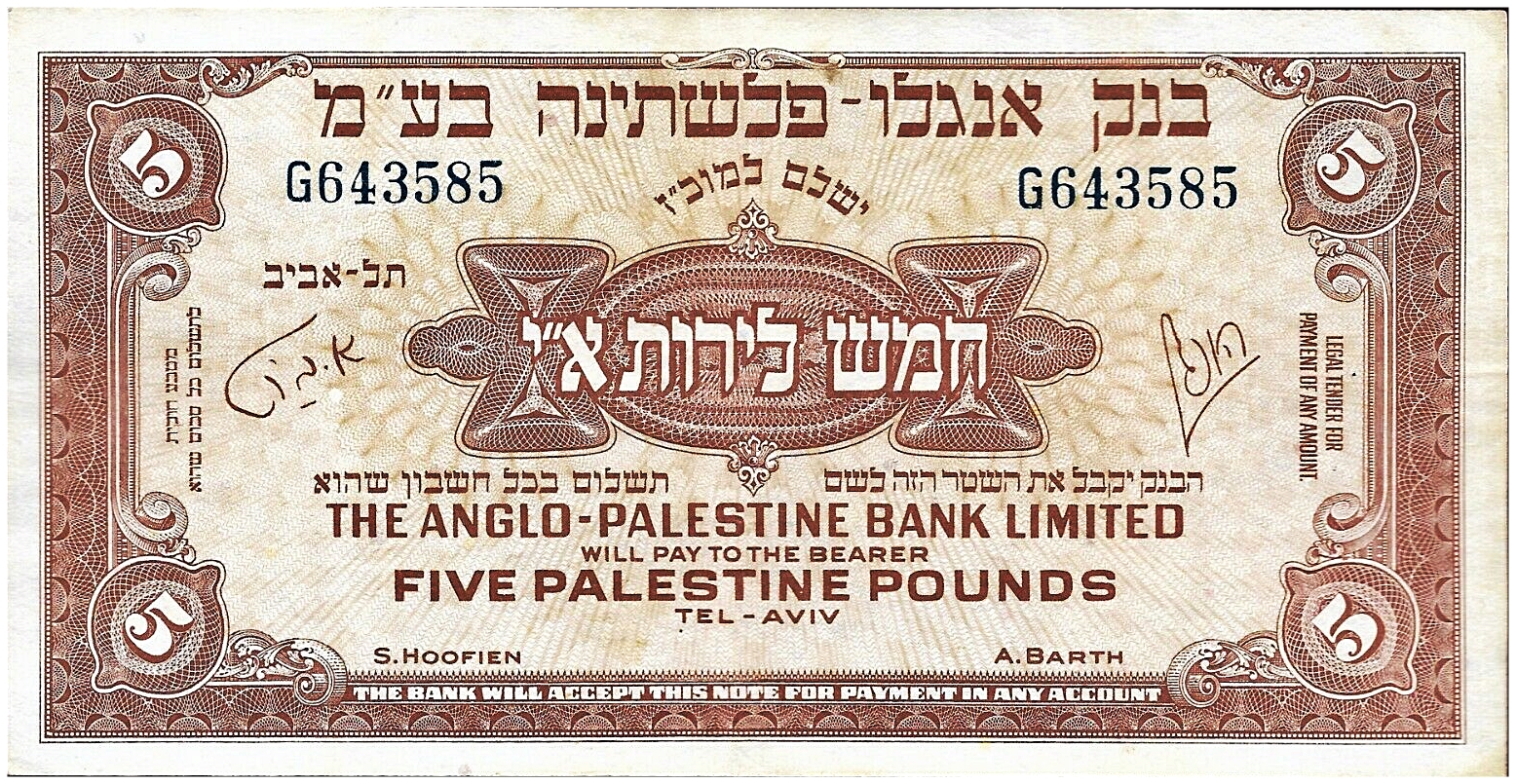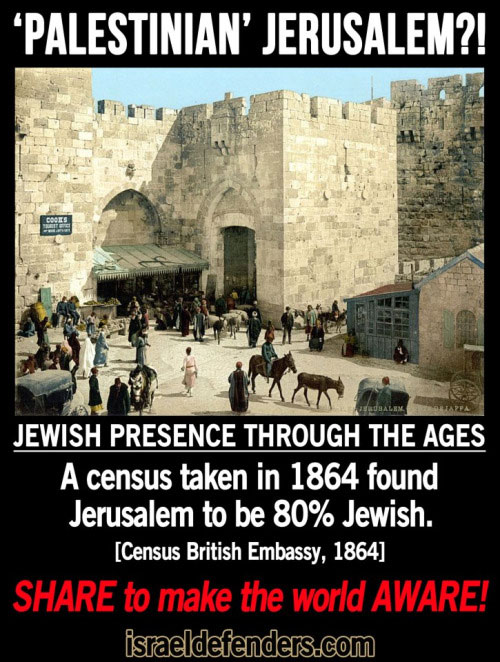Donald In Mathmagic Land (1959) |
The Fingerprint of God : Fibonacci numbers & Golden ratio 1,618…Leonardo Bonacci (c. 1170 – c. 1250)[2]—known as Fibonacci (Italian: [fiboˈnattʃi]), and also Leonardo of Pisa, Leonardo Pisano Bigollo, Leonardo Fibonacci—was an Italian mathematician, considered to be “the most talented Western mathematician of the Middle Ages“.[3][4] Fibonacci popularized the Hindu–Arabic numeral system to the Western World[5] primarily through his composition in 1202 of Liber Abaci (Book of Calculation).[6] He also introduced to Europe the sequence of Fibonacci numbers which he used as an example in Liber Abaci.[7] |
Fibonacci numberIn mathematics, the Fibonacci numbers or Fibonacci sequence are the numbers in the following integer sequence:[1][2] or (often, in modern usage): The Fibonacci spiral: an approximation of the golden spiral created by drawing circular arcs connecting the opposite corners of squares in the Fibonacci tiling;[3] this one uses squares of sizes 1, 1, 2, 3, 5, 8, 13, 21, and 34.
By definition, the first two numbers in the Fibonacci sequence are either 1 and 1, or 0 and 1, depending on the chosen starting point of the sequence, and each subsequent number is the sum of the previous two. In mathematical terms, the sequence Fn of Fibonacci numbers is defined by the recurrence relation or[4] The Fibonacci sequence is named after Italian mathematician Fibonacci. His 1202 book Liber Abaci introduced the sequence to Western European mathematics,[5] although the sequence had been described earlier in Indian mathematics.[6][7][8] By modern convention, the sequence begins either with F0 = 0 or with F1 = 1. The Liber Abaci began the sequence with F1 = 1. Fibonacci numbers are closely related to Lucas numbers in that they are a complementary pair of Lucas sequences. They are intimately connected with the golden ratio; for example, the closest rational approximations to the ratio are 2/1, 3/2, 5/3, 8/5, … . Applications include computer algorithms such as the Fibonacci search technique and the Fibonacci heap data structure, and graphs called Fibonacci cubes used for interconnecting parallel and distributed systems. They also appear in biological settings,[9] such as branching in trees, phyllotaxis (the arrangement of leaves on a stem), the fruit sprouts of a pineapple,[10] the flowering of an artichoke, an uncurling fern and the arrangement of a pine cone‘s bracts.[11] |
James Burke Masters of Illusion 1991 |
Villagers talkiing to J street jewsComment: J Street is defiantly Non Sequitur |


































